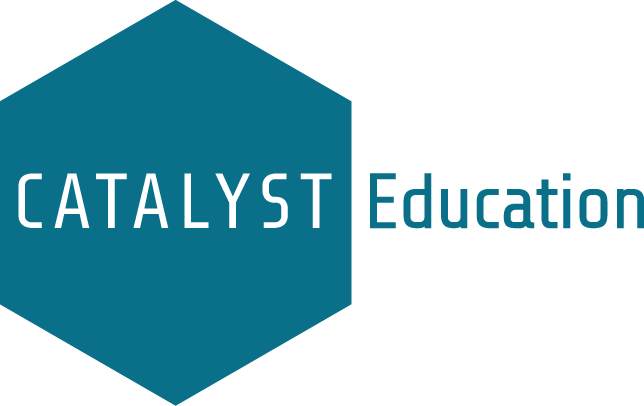Embracing the Token Economy in STEM: A Modern Approach to Motivating Students
In the rapidly evolving fields of Science, Technology, Engineering, and Mathematics (STEM), educators are constantly seeking innovative methods to engage and motivate students. One such method gaining traction is the token economy system. Rooted in behavioral psychology, this approach leverages the principles of reinforcement to promote positive behaviors and academic achievements. Here's a deep dive into what a token economy entails and why STEM educators should consider embracing it.
What is a Token Economy?
A token economy is a system where students earn tokens for exhibiting desired behaviors or achieving specific academic milestones. These tokens can then be exchanged for various rewards or privileges. This method, originally used in therapeutic and special education settings, has shown remarkable effectiveness in mainstream classrooms as well, especially in the context of STEM education.
Key Components of a Token Economy
Tokens: These can be physical items such as stickers, points on a digital platform, or any other symbolic item that can be collected.
Behavioral Targets: Clear and specific behaviors or achievements that students must exhibit to earn tokens. Examples include completing assignments, participating in class, solving complex problems, or improving test scores.
Rewards: A variety of rewards that tokens can be exchanged for, such as extra lab time, small prizes, access to special resources, or even privileges like being a lab assistant.
Why STEM Educators Should Embrace the Token Economy
1. Immediate Reinforcement and Motivation
One of the standout benefits of a token economy is the immediate reinforcement it provides. When students receive tokens right after displaying a desired behavior, the connection between their actions and the positive outcome is clear and direct. This immediate feedback can significantly boost motivation and encourage the repetition of positive behaviors, which is crucial in challenging STEM subjects where students often face complex and demanding material.
2. Customization and Flexibility
Token economies are highly adaptable. STEM educators can tailor the system to fit the unique needs and interests of their students. For instance, in a computer science class, tokens might be awarded for debugging code, while in a chemistry lab, tokens could be earned for safe and accurate lab techniques. The flexibility of this system allows it to be used effectively across different STEM disciplines and educational levels.
3. Creating a Positive Learning Environment
By focusing on rewarding positive behavior rather than punishing negative behavior, a token economy fosters a more positive and supportive learning environment. This shift can lead to a more engaged and cooperative student body, reducing disruptive behaviors and promoting a culture of encouragement and success—essential for cultivating a collaborative and innovative mindset in STEM fields.
4. Development of Important Life and Career Skills
Beyond academic performance, token economies help students develop essential life skills. The process of earning and saving tokens teaches goal-setting, time management, and delayed gratification. In STEM education, these skills are particularly valuable as they align with the meticulous and disciplined nature of scientific inquiry and technological development.
5. Enhanced Engagement Through Incentivization
Earning tokens and exchanging them for rewards makes learning more interactive and enjoyable. This element of fun can be particularly effective in maintaining student interest and enthusiasm, especially in STEM subjects that can sometimes seem abstract or intimidating. Gamification can transform the learning experience, making complex concepts more accessible and engaging.
Evidence of Effectiveness
Research supports the effectiveness of token economies in educational settings. Studies have shown that token systems can lead to improved academic performance and a reduction in disruptive behaviors. For instance, a study by the American Psychological Association found that token economies can significantly increase on-task behavior and academic achievement in students. In STEM education, where persistent effort and problem-solving are key, these benefits can translate into deeper understanding and greater academic success.
Implementing a Token Economy in STEM Education
While the benefits are clear, successful implementation requires careful planning. STEM educators should:
Set Clear Goals: Define the behaviors and achievements that will earn tokens, such as completing lab reports, participating in discussions, or solving complex equations.
Choose Meaningful Rewards: Select rewards that are motivating and appropriate for STEM students, like extra time on lab projects or ability to redo work that they scored poorly on.
Maintain Consistency: Apply the token economy system consistently to ensure fairness and effectiveness.
Monitor and Adjust: Regularly review the system's impact and make necessary adjustments to keep it effective and engaging.
Conclusion
Incorporating a token economy into STEM education is a powerful way to motivate students, promote positive behaviors, and enhance the overall learning experience. By providing immediate reinforcement, fostering a positive environment, and developing essential life skills, token economies offer a multifaceted approach to education that benefits both students and instructors. As STEM education continues to evolve, embracing innovative methods like the token economy can help create more dynamic, engaging, and successful learning environments.

